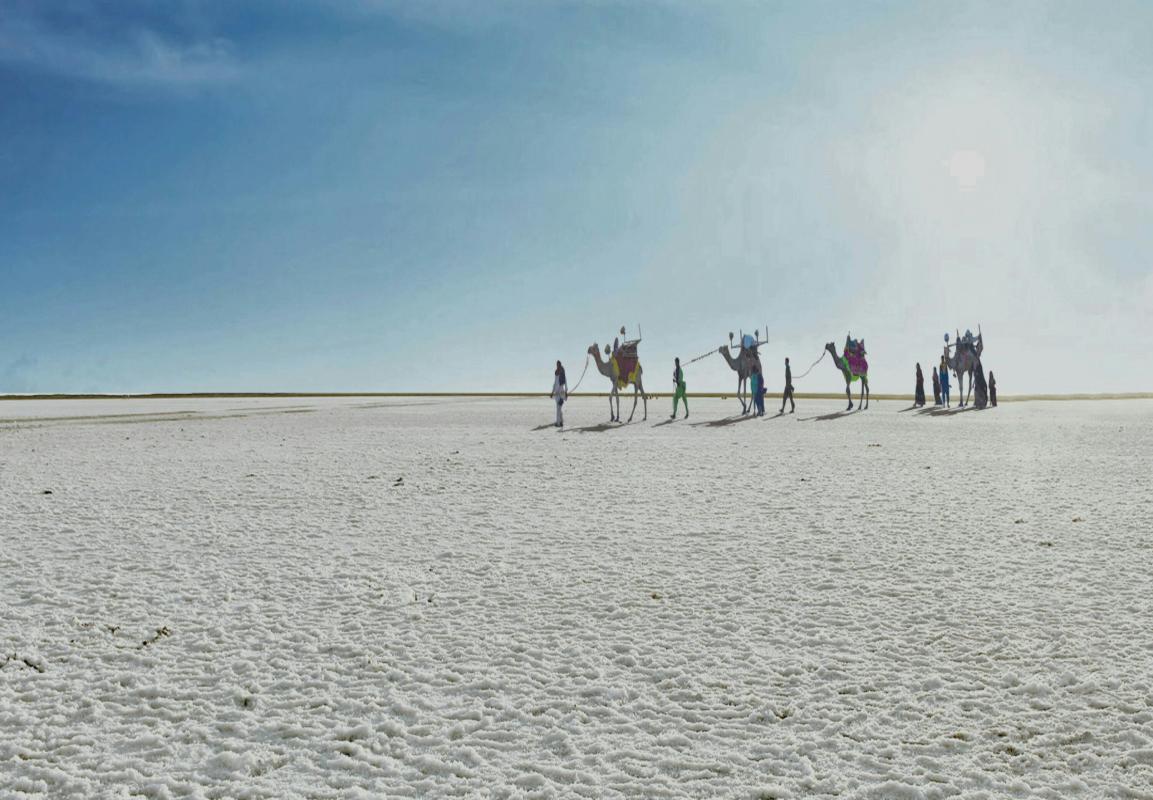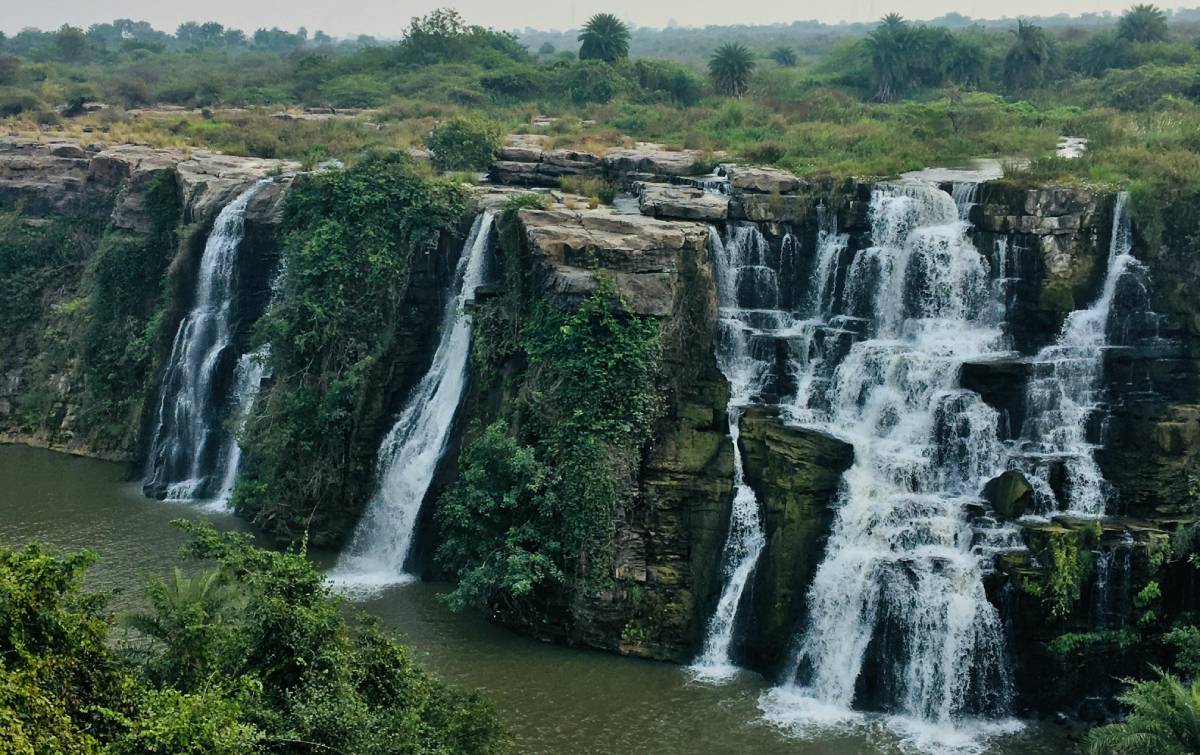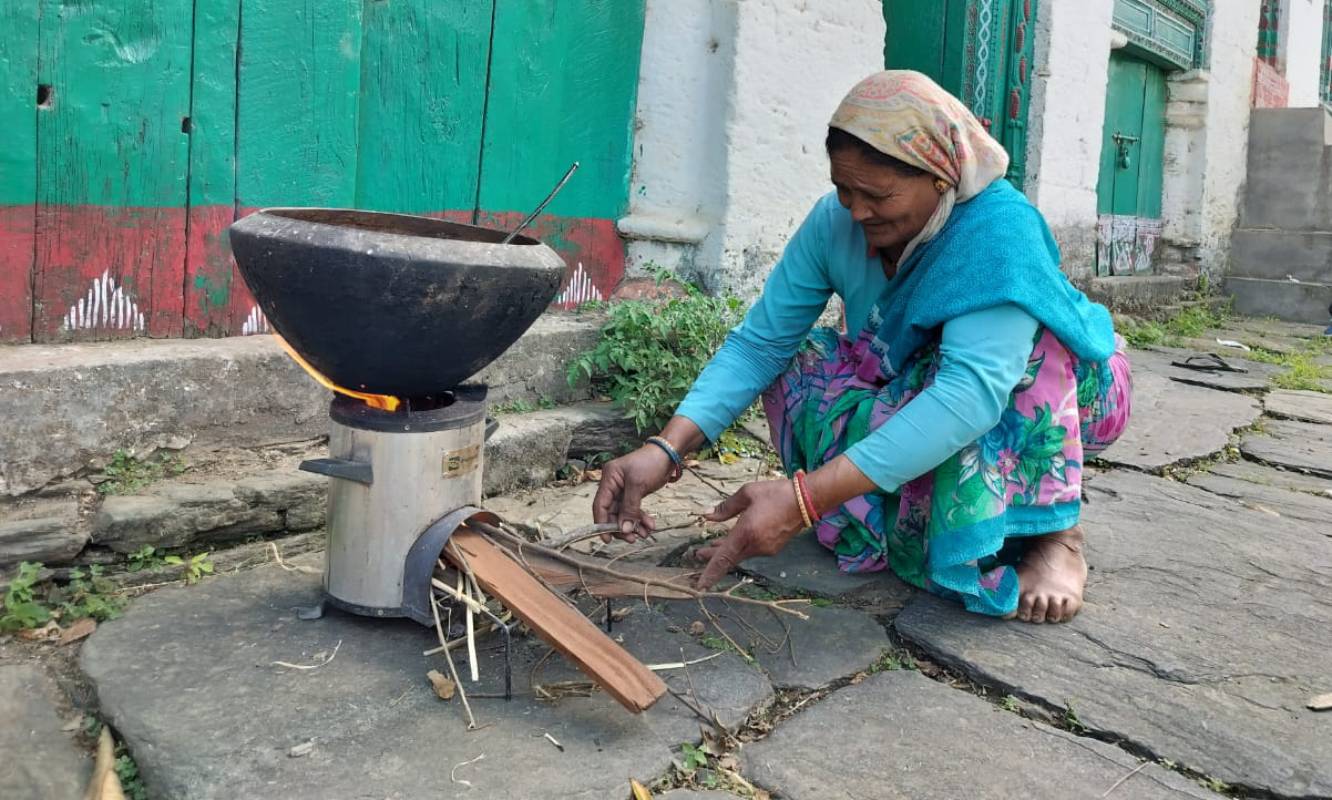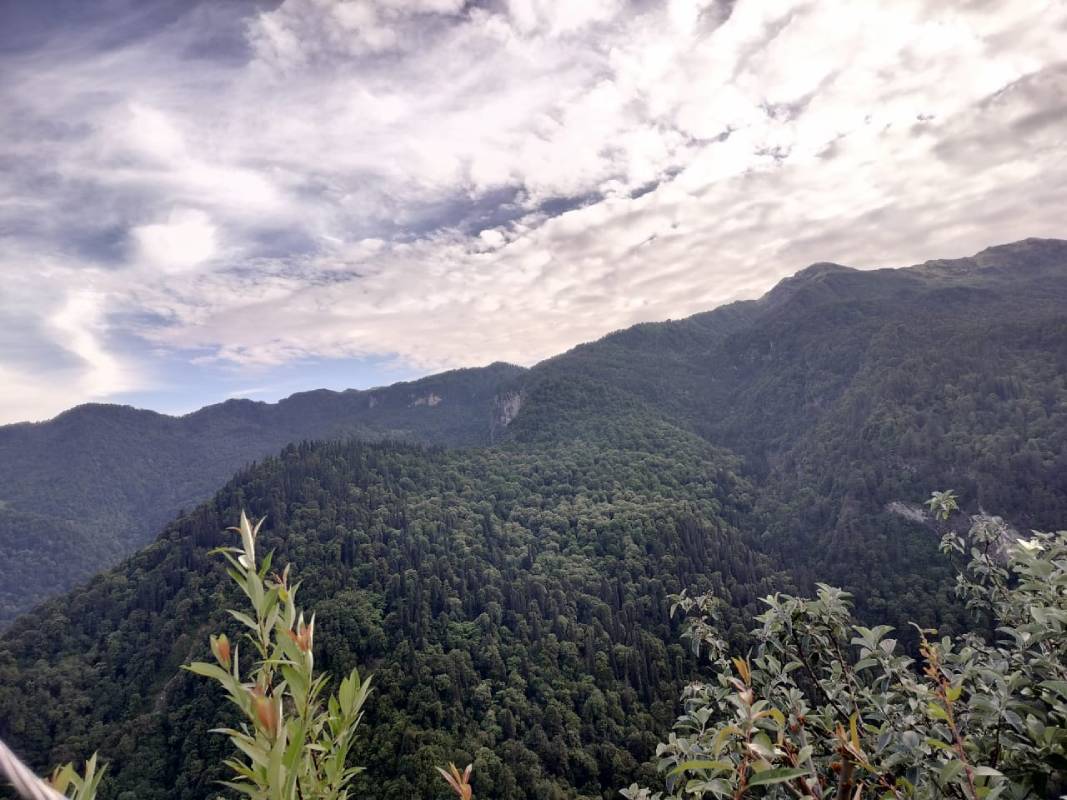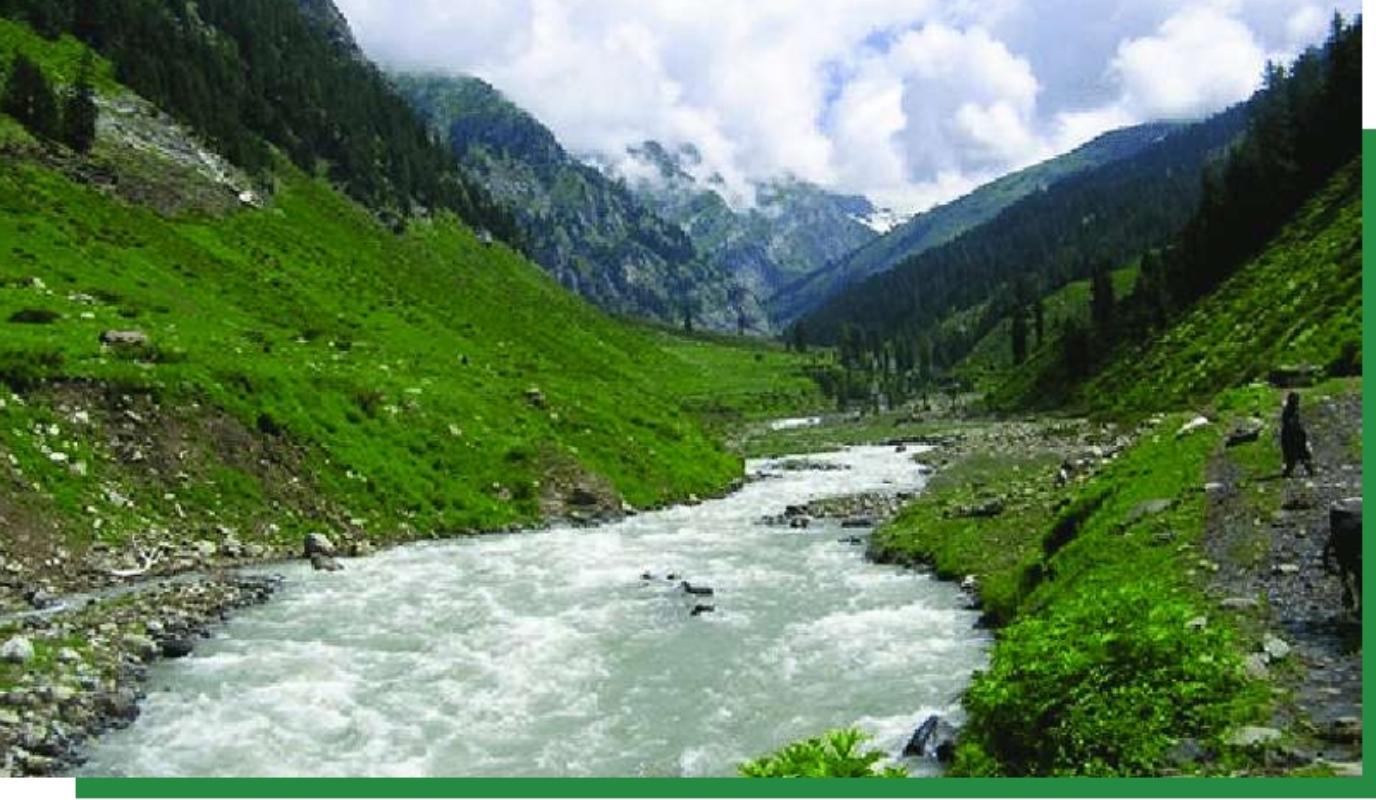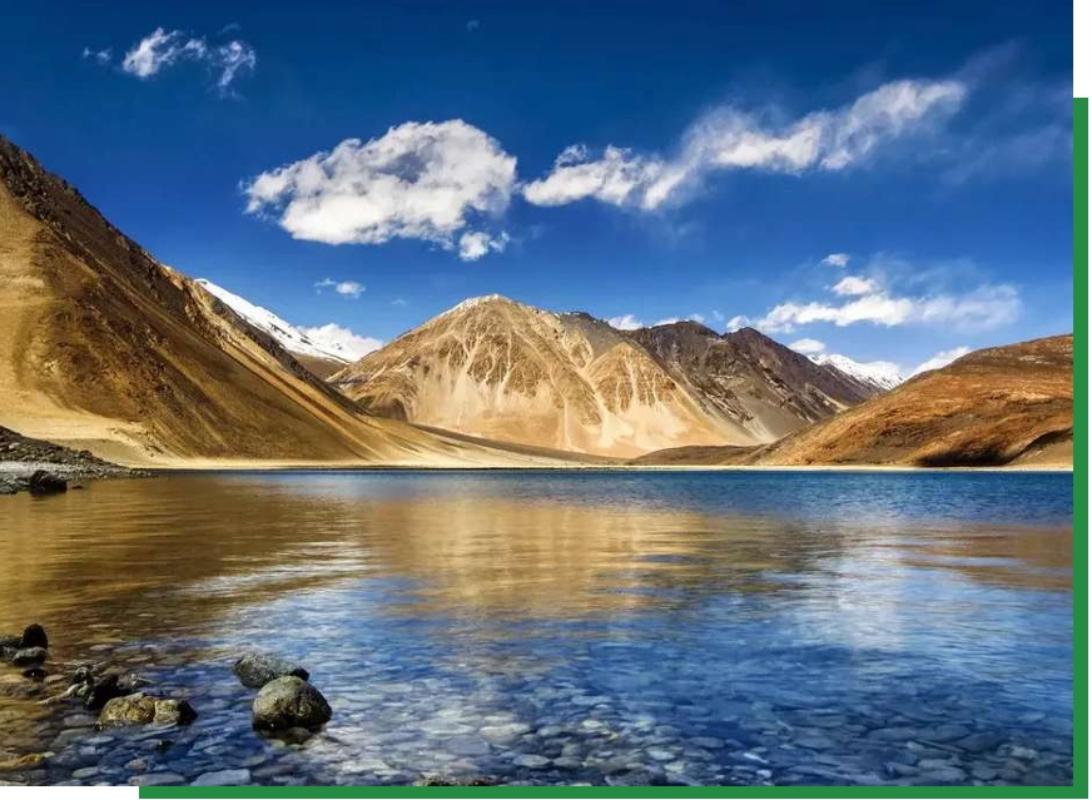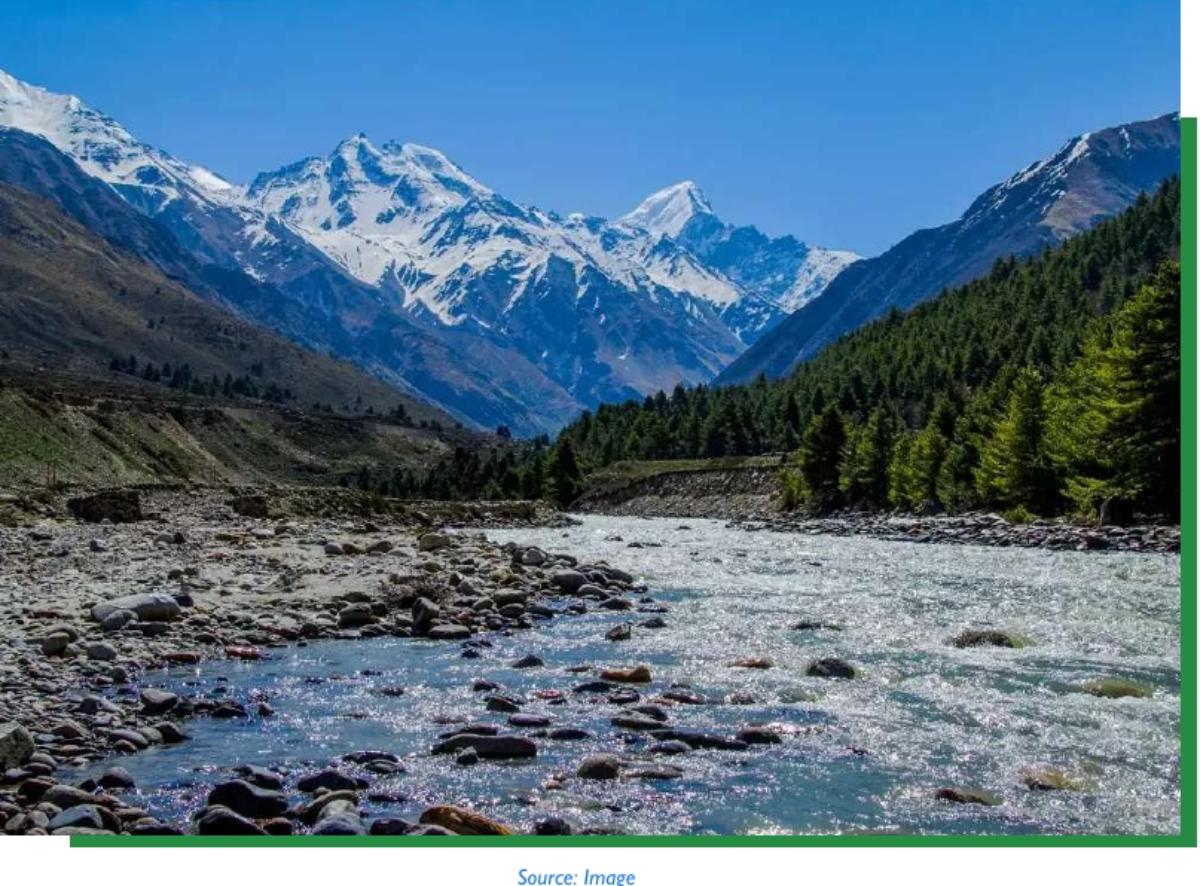Kachchh is the largest district of Gujarat, in the western-most part of India. It is an arid district, with very scanty and irregular rainfall across the all blocks. The Kanakavati sandstone is spread across Abdasa, Mandvi, Mundra and Anjarblocks in Kachchh district of Gujarat and is the only dominant groundwater resource in coastal Kachchh areas. Around 5.43 lakh people in these 4 blocks – 3 lakh rural people and 2.43 lakh urban people depend on the shared aquifer for their water needs. Industries in the region – thermal power projects, ports and other manufacturing industries and Special Economic Zones (SEZs) are also heavily dependent on groundwater making it economically significant.Three of the 4 blocks including Mandvi have been declared dark zones by the CGWB. The water has high TDS in all blocks, and over 50% of all villages in Abdasa block report saline ingress. The aquifer being shared between a variety of users and uses has led to competition and conflict between various groups and irregular rainfall worsen the situation.
Figure: 01
Location of Maska (K-MARC)
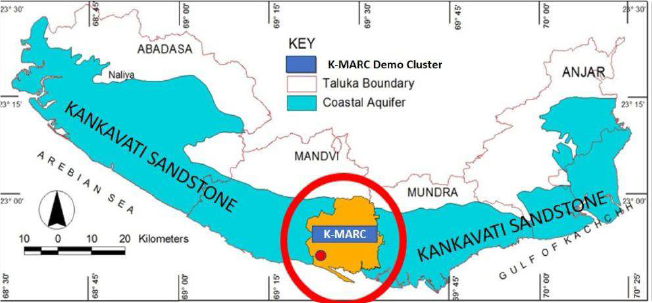
Maska is a coastal village of Mandvi block in Kachchh with a total population of 5617 (as per Census 2011). The village is totally depended on ground water for meeting out its domestic and agriculture demand. Being a coastal village Maska used to suffer not only from ground water depletion but at the same time, salinity was a major issue affecting daily lives of local villagers badly. TDS concentration of drinking water borewell was 6800 PPM.
Over time, drastic population growth, consumption-oriented lifestyles are other factors put severe pressures on the aquifer which has affected both quantity and quality of water available. Due to over-draft of ground water a vacuum was created underground there which was filled through sea water intrusion, this polluted remaining groundwater as well hence people of Maska suffer from salinity. In this situation ground water management becomes important to maintain the ground water level and as well as to prevent ground water quality.
Intervention:
Arid Communities and Technologies(ACT) is a well-known professional Civil Society Organization based at Bhuj- Kachchh working on Participatory Ground Water Management as one of its major objectives. ACT has worked extensively in the Kanakavati sandstone to demonstrate a science based, participatory approach to help manage the aquifer. In Maska ACT initiated a participatory ground water management project named; Kankavati Manage Aquifer Recharge through Community, (K-MARC).
The Participatory Groundwater Management approach of ACT has the following steps:
- Awareness generation among local community and Capacity building.
- Understand the aquifer better through participatory learning methods.
- Analysis of situation for designing most appropriate intervention.
- Involving all stakeholders throughout the process.
- Sharing information with the community and government.
In awareness component, ACT organized number of interactive sessions in form of public meetings, orientation, training workshops and Participatory Rural Appraisal activities at village level just to ensure participation of the local community in proposed ground water management initiative. During the consultation process community was oriented on technical issues such as water balance, institutional deficit infrastructure at the same time community shared its traditional knowledge and experience. During the next phase of understanding aquifer, BhujalJaankar, (trained barefoot geologists) collected baseline data from the village which were essential for preparing Village Water Security Plan such as land use pattern, surface water and ground water estimation, assessment of local water uses etc.
During data collection from the field BhujalJaankar oriented local people about the current ground water situation and future consequences. After data collection analysis process started involving local community, Panchayat and other stakeholders, which went up to selection of appropriate intervention for ground water management at village level.
In Maska, community who was the major stakeholder has been involved in the planning and site identification process to make process more effective and a right fit. To improve the water quality and dilute sea water salinity impact, a riverbed has been identified with support of local community and gram Panchayat. Two check dams have been improved by desilting and repairing. The upstream check dam’s storage capacity has been increased by de-silting of about 8000 cum, resulting in increased storage capacity of about 23000 cum, with silt distributed to the village farm. The downstream side check dam abutment wall was repaired to store overflowing water from upstream structures at end point of the rivulet. Three injection structures have been constructed in the surface water harvesting structures to recharge groundwater at various depths:
- A 50 m deep tube well for deeper aquifer recharge (as per given in the figure)
- River bed recharge to trap surface runoff and provide lateral flow to the shallow zone
- Convert one defunct and dry open well into filter well again to recharge at intermediate depth.
Tube well recharge structure for deeper aquifer recharge Shallow recharge structure
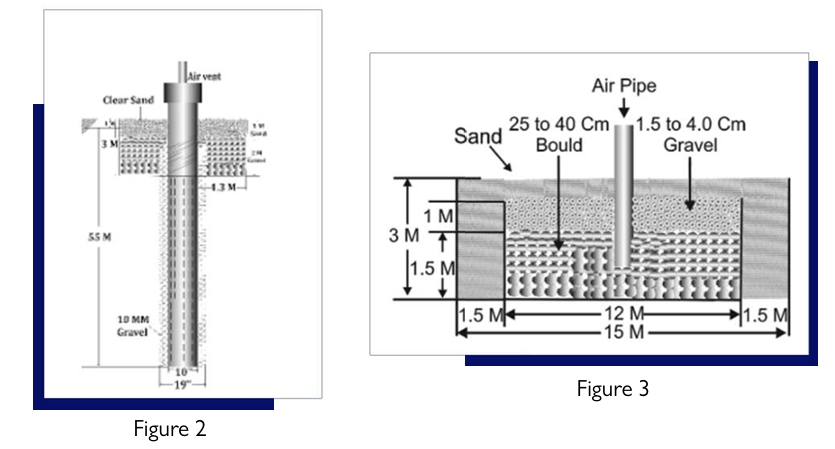
Figure: 04
Overview of Shallow and deeper aquifer recharge structures
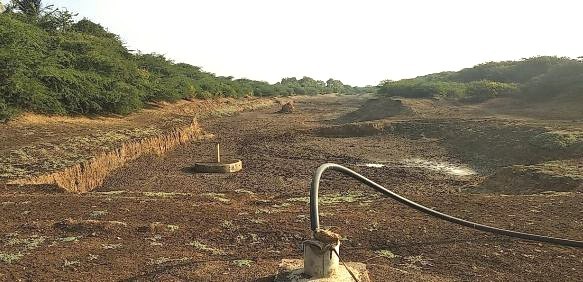
Figure: 05
Overview of various structures developed under the intervention

All these interventions have been made during post monsoon season of year 2018 and pre monsoon season of year 2019.
Financial cost of the intervention:
The total financial out lay of the intervention was 7.31 lakh rupees. As per data given in the following table an amount of 3.15 lakh rupees was incurred on de-silting of local pond which increased its water storage capacity.
A shallow recharge pit of 3 meters was also developed under this intervention, which costed 2.15 lakh rupees. An amount of 1.39 lakh rupees invested for development of the tube well recharge structure. For restoration of a check dam 55,000 rupees incurred while for another open well recharge structure 7,000 rupees were incurred.
Table: 01
Financial cost incurred on the groundwater management solution
| S.N. | Activity | Investment (INR) |
| 1. | Pond De-silting (8000 cum) and spread of slit in 48 ha. of farm areas. | 3,15,000 |
| 2. | Shallow Recharge pit of 3 m (D) x 15 M (W) x 15 M (L) size | 2,15,000 |
| 3. | Recharge tube-well (50 m depth) | 1,39,000 |
| 4. | Check dam restoration | 55,000 |
| 5. | Open well recharge | 7,000 |
| Total | 7,31,000 |
Impact
Maska is a good example of blending traditional knowledge with modern science and technology for ground water management. The intervention in Maska resulted not only in improvement in ground water level but also quality of the groundwater.
Table: 02
Pre and intervention comparative analysis of Water level and TDS
| S.N. | Parameter | Before Intervention | After Intervention |
|
1. |
Water Level (M) |
95
(November 2018) |
91
(November 2019) |
| 98
(January 2019) |
91
(January 2020) |
||
| 90
(March 2019) |
91
(March 2020) |
||
| 97
(May 2019) |
95
(May 2020) |
||
|
2. |
TDS (PPM) |
6110
(November 2018) |
1600
(November 2019) |
| 6100
(January 2019) |
1910
(January 2020) |
||
| 6110
(March 2019) |
2080
(March 2020) |
||
| 7490
(May 2019) |
2690
(May 2020) |
An improvement of average two meters in ground water level and decrease of 50% in salinity was observed within one year after the project implementation. Pre-intervention, the water level used to deplete from April and salinity level used to reachup to 7400 PPM by July. Post intervention the scenario has a remarkable change in TDS. The lowest TDS value was recorded 1200 PPM, in September 2019. After which, the groundwater uses increased and TDS reached up to 2690 which was within permissible limits.
This intervention ensured drinking water security for people of Maska for longer period in a year which itself is an indicator of success of the intervention. Based on the results so far, continuous recharge for three year is predicted to ensure stability in water level as well water quality round the year.
Figure: 06
Researcher at the intervention site at Maska
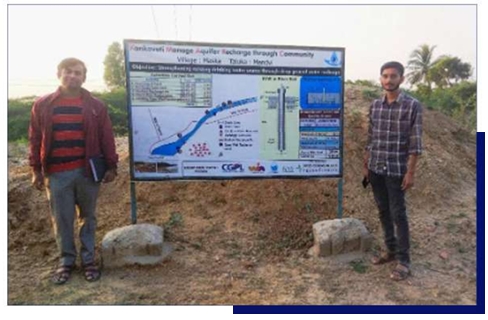
Conclusion:
Maska is a remarkable example of participatory ground water management solution in costal area of Gujarat. ACT, which was implementing agency made efforts to ensure active participation of not only local community butalso other stakeholders from government,local Gram Panchayat, and civil society organizations such as Costal Gujarat Power Limited, WIN Foundation, GSS. These agencies not only participate but also contributed which made this intervention successful.

